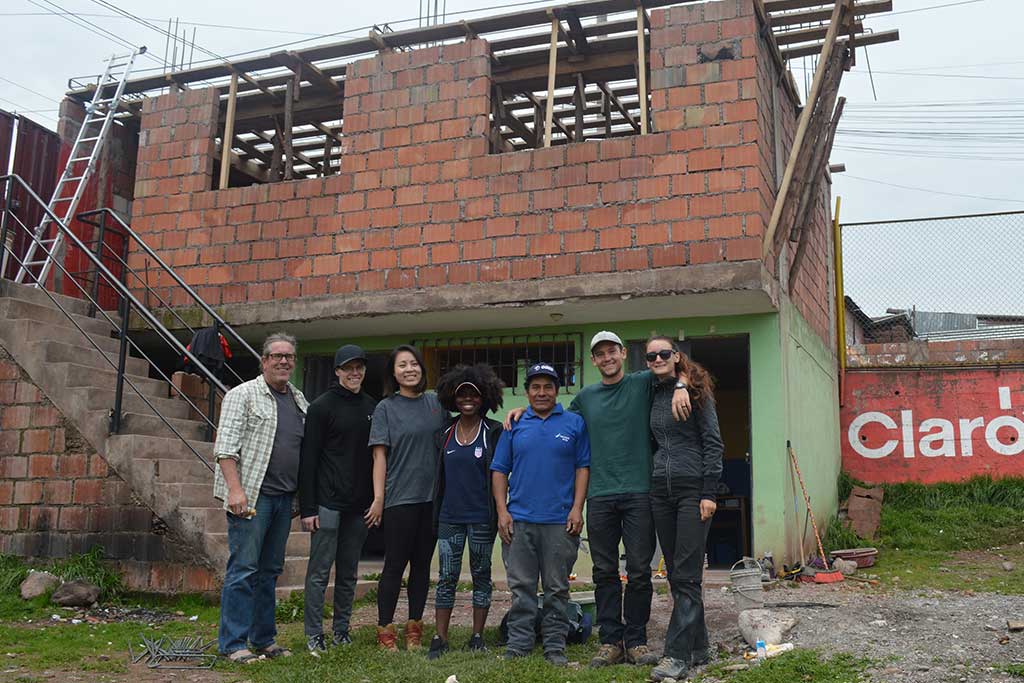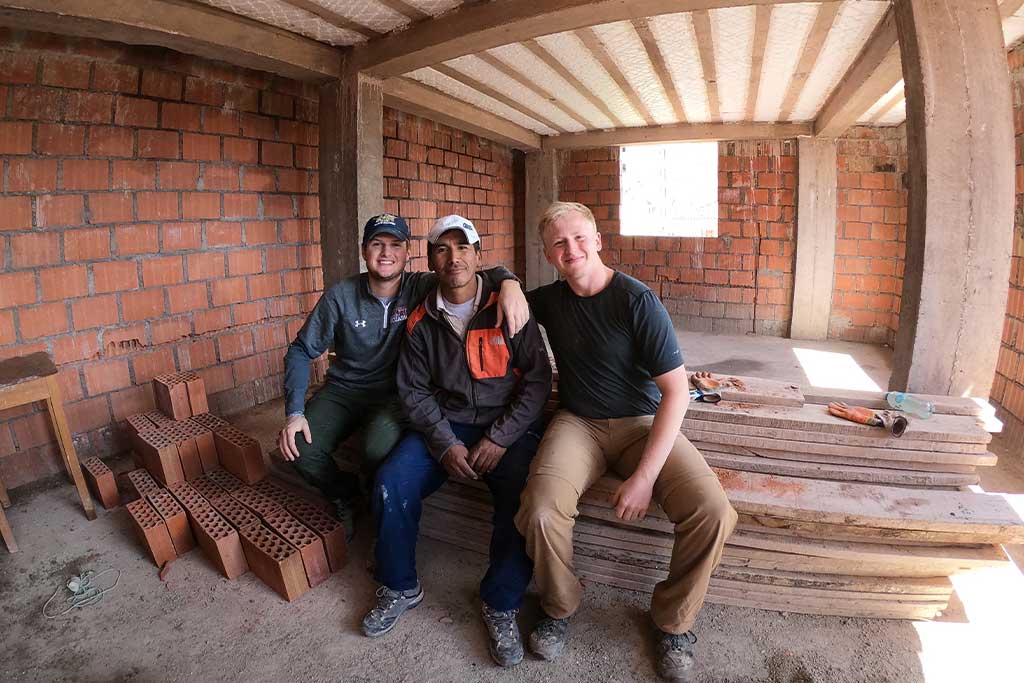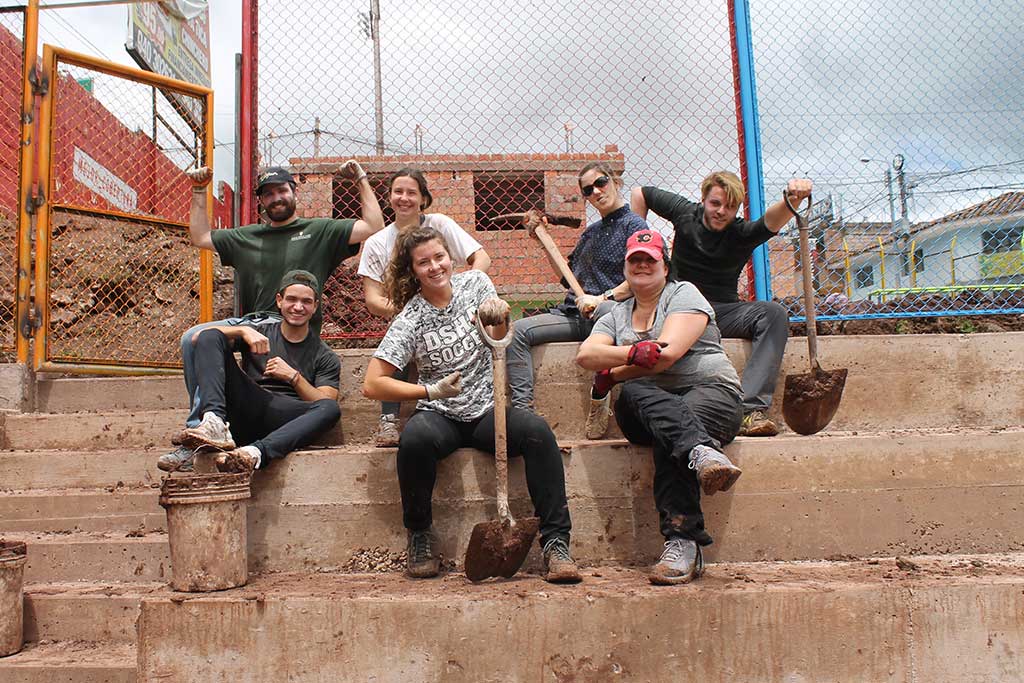I have a taste for time travel—tourism that offers a glimpse into not only a place but also its past. I am drawn to the mysterious precision of the Inca architecture tucked away in the Andes. Though Machu Picchu is renowned as one of the Seven Wonders of the Ancient World, it is only one of many historical sites in the region. From alien technology to a folkloric talisman, there are countless theories concerning how this culture could have created such monolithic stone structures.
Even alongside contemporary skyscrapers, I am still impressed by the clean-cut angles, detailed designs and symbolic use of space present at every archaeological site I’ve visited in Peru. These remnants of ancient culture manifest a seamless marriage between man-made structures and natural landscapes. There are numerous examples of agricultural terraces, extensive aqueduct systems, and carefully placed stones meant to cast shadows during solstice celebrations.
The image archaeologists and anthropologists have built of the great Inca Empire is a story deduced from its ruins. And it is these remnants that have made the greater Cusco region an international tourist destination. However, it is troubling that in a province supported by architectural tourism the modern-day community often goes without safe and effective buildings.

While people are coming from all over the world to see Inca construction and hotels are being erected to accommodate the influx, it is unfair that members of the local community are still grasping to meet their most basic needs. This disparity is what prompted me to research volunteer programs in construction and renovation. I signed up for a two-week community service project through Máximo Nivel in Cusco.
Although I had literally no expertise to bring to the table, I was prepared to work hard, and I’m glad I chose to volunteer in the construction sector. Building its foundations offers a unique perspective on another culture. We exchanged ideas and customs, but we were also collaborating on a common project. I felt like I was helping the community from the bottom up, and that the effect of our work would outlive us. The impact of construction projects is not only direct but also interwoven with many other public concerns.
Improving sanitation efforts and access to community resources goes hand in hand with providing clean, safe spaces for its residents. Volunteering on a building site was a practical way to support the local population. Rather than uprooting the rhythms of daily life, I was meeting a preexisting need. Because I got to work under Maximo Nivel’s local foreman, I felt like I was integrating into a community goal rather than becoming an imposition.

I bussed to the outskirts of Cusco every morning to help with the construction of multipurpose classrooms in an underserved area. The project supervisor was kind-hearted and patient with his motley crew. He was also a good delegator. By the end of my time on the project, I felt confident helping him dig trenches, lay frames, and mix and pour cement. Our goal was straightforward and genuinely furthered community development.
Poor infrastructure and a lack of clean water cannot be fixed overnight. However, this type of volunteer work has a life beyond the projects themselves. The term development implies that changing communities is an ongoing process. Although I was only able to give two short weeks to building the suburb’s new educational center, I know that the building will be put up in my absence. And not only the building itself will progress after I leave.
A new building is the bones of greater advancement in a neighborhood. Once the building opens, a less-centralized sector of Cusco’s population will hopefully have better access to quality education and afterschool programs. Progress often spurs a chain reaction. If we can tackle infrastructure first, communities will transform from the ground up. Targeting the roots of a community can have a substantial impact.

I want to dispel the notion that serving on a building site cannot be as personal as say volunteering in a community center or medical clinic. Public spaces must exist in the first place to facilitate those programs. Construction is fundamental to almost any social system. So by creating a skeleton for the community, you are leaving its people with a structure to serve their population from. The effects of building projects are not fleeting: clinics and community centers and classrooms will continue serving their communities for years to come.
I knew from the beginning that my time in Cusco would be too brief, but at least I could give the people I met something lasting. Volunteering in construction helped me see the potential for realistic changes to urban planning in developing countries. It also shifted my perspective on the power of simple good deeds. Each nail and screw we put in place is part of an important foundation—the foundation of the future.
